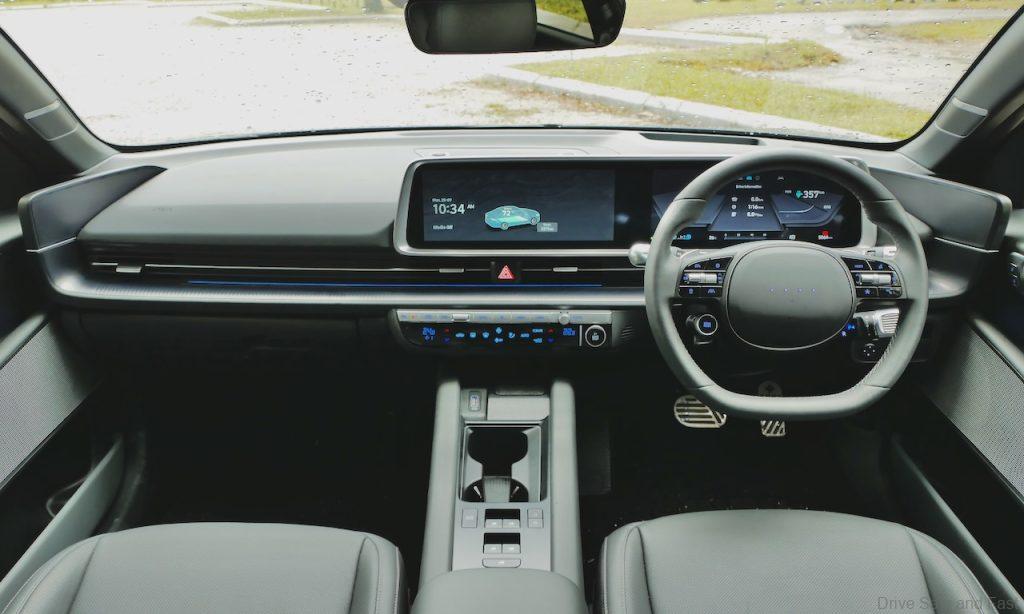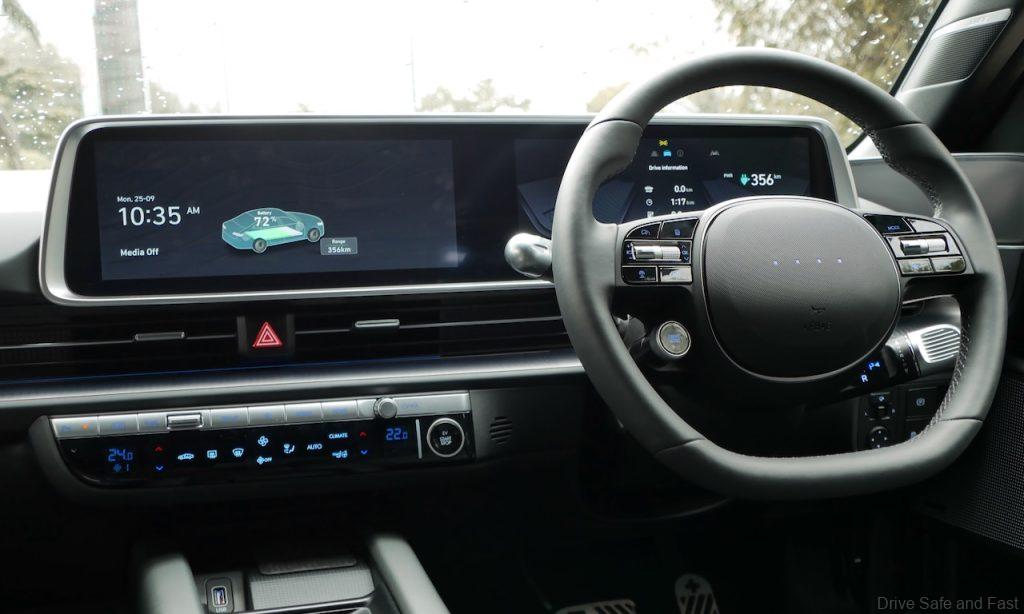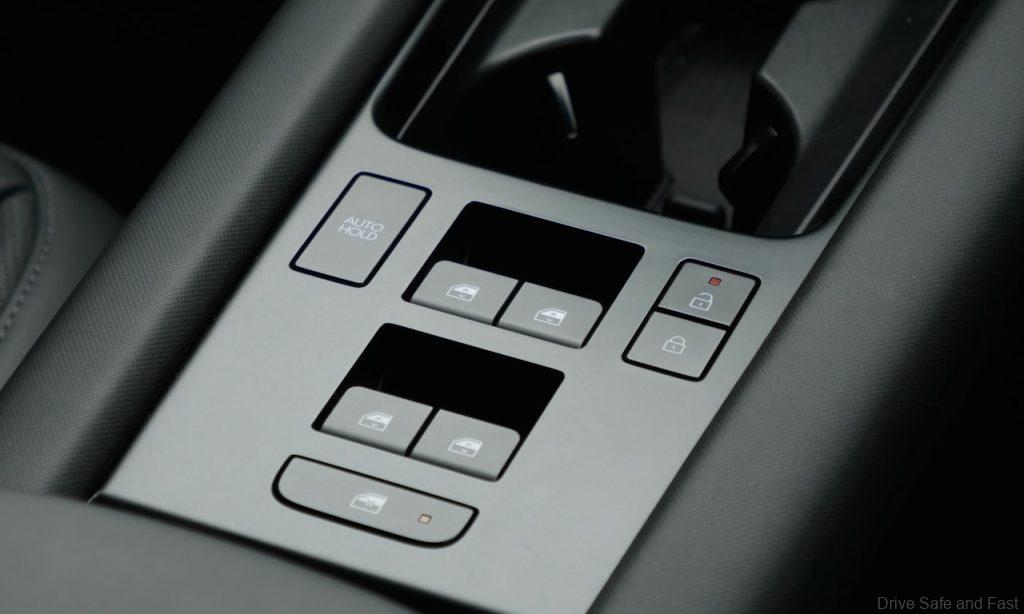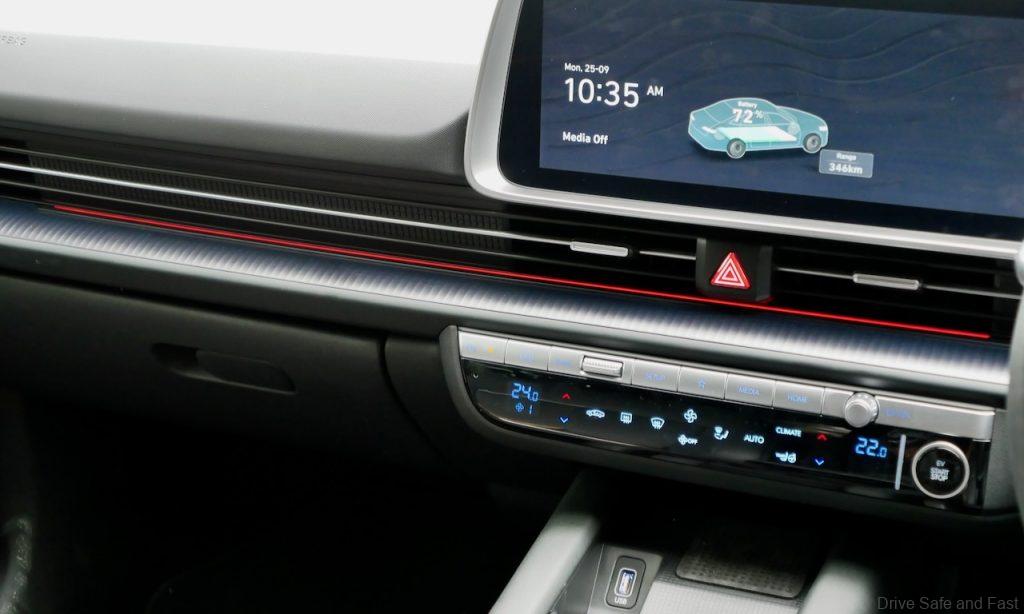Hyundai has stuck to physical buttons and regular door handles to ensure EV customers stay safe always.
Electric vehicles (EVs) are revolutionizing the automotive industry, presenting carmakers with an opportunity to rethink and redesign key aspects of vehicle functionality. This transformation has spurred a wave of innovation, but some brands have arguably taken things too far, focusing on novel but impractical features. For instance, many manufacturers have opted for electronic buttons to replace traditional door latches, a change that can raise safety concerns. A recent example highlighted in an article on DSF.my demonstrated this potential risk when an electronic door handle system failed in a Tesla during a critical moment, reinforcing the value of simpler, mechanical solutions source.

In this fast-evolving landscape, Hyundai has taken a more practical approach with its IONIQ models, notably the IONIQ 5 and IONIQ 6. These electric vehicles showcase not only solid performance, charging capabilities, and range, but also a commitment to reliability and user-friendly functionality.

Hyundai’s approach stands out in the market because it balances innovation with tried-and-tested design elements, prioritizing physical buttons over trendy but sometimes less intuitive touchscreen controls.

Hyundai’s Commitment to Physical Controls: A Thoughtful Choice
Hyundai has clearly distinguished its EV lineup by retaining traditional physical controls within the IONIQ cabins. This decision aligns with their focus on making essential functions easily accessible and reducing driver distraction—a significant improvement over the screens and touch-sensitive panels that dominate many modern EV interiors.

Physical buttons offer an immediacy and tactile feedback that touchscreens often lack, providing a safer, more intuitive experience. This thoughtful choice by Hyundai appeals to both seasoned drivers accustomed to traditional controls and new EV adopters seeking reliability in their daily driving.

Hyundai’s dedication to physical controls is also evident in the IONIQ models’ door latches, which employ classic, mechanical systems rather than electronic releases. In a market where other automakers are gravitating toward button-operated doors, Hyundai’s approach underscores the importance of basic, dependable functionality.

These physical door latches can be particularly crucial in emergencies, when electronic systems might fail. Hyundai’s adherence to conventional designs in this area showcases its commitment to driver safety and convenience, even as it pushes boundaries in other aspects of EV technology.

Ergonomic Design with the Driver in Mind
A key area where Hyundai’s IONIQ series truly shines is in its approach to ergonomic, driver-focused design. While some EVs opt for center-mounted displays that may draw a driver’s attention away from the road, the IONIQ 5 and IONIQ 6 feature dashboards with displays located directly within the driver’s field of vision. This layout prioritizes safety by minimizing distraction and allowing drivers to stay focused on the road while easily accessing important information.

With this design, Hyundai achieves a balance between modern, visually appealing interiors and a practical, functional layout. By keeping critical information and controls within easy reach, Hyundai is promoting a driving experience that values both aesthetics and safety. This stands in contrast to competitors who place style over substance, opting for flashy displays that can inadvertently compromise driver attention and safety.

Euro NCAP’s Push for Physical Controls: A Step Towards Safer Driving
Hyundai’s decision to retain physical buttons also aligns with upcoming changes from Euro NCAP, Europe’s leading automotive safety organization. By 2026, Euro NCAP will require automakers seeking its prestigious five-star safety rating to use physical switches for five essential controls: indicators, hazard warning lights, windshield wipers, horn, and SOS functions. This mandate recognizes the potential dangers of touchscreen-based systems, which can demand more attention and reduce a driver’s ability to respond quickly in emergency situations. Hyundai’s IONIQ series, with its emphasis on physical buttons, is well-positioned to meet these new safety requirements, offering drivers peace of mind as regulatory standards evolve.

Hyundai IONIQ 6: An Exceptional Value in Today’s EV Market
With the Hyundai IONIQ series, the brand is delivering value, reliability, and innovation in equal measure. The IONIQ 6, in particular, is now available in Malaysia with a special year-end promotion, with pre-registered units priced from RM155,888. This represents an attractive opportunity for buyers to experience Hyundai’s thoughtfully designed EVs at a competitive price point.

In a market filled with options, Hyundai’s IONIQ 5 and IONIQ 6 are standout models for drivers who appreciate practicality without sacrificing performance. Their functional approach—favoring physical buttons and ergonomic designs over fleeting trends—demonstrates that innovation can be grounded in safety, convenience, and usability. As the EV market continues to expand, Hyundai’s approach to design and functionality offers a refreshing, user-friendly alternative for drivers looking to embrace the future of transportation without compromising on essential features.
